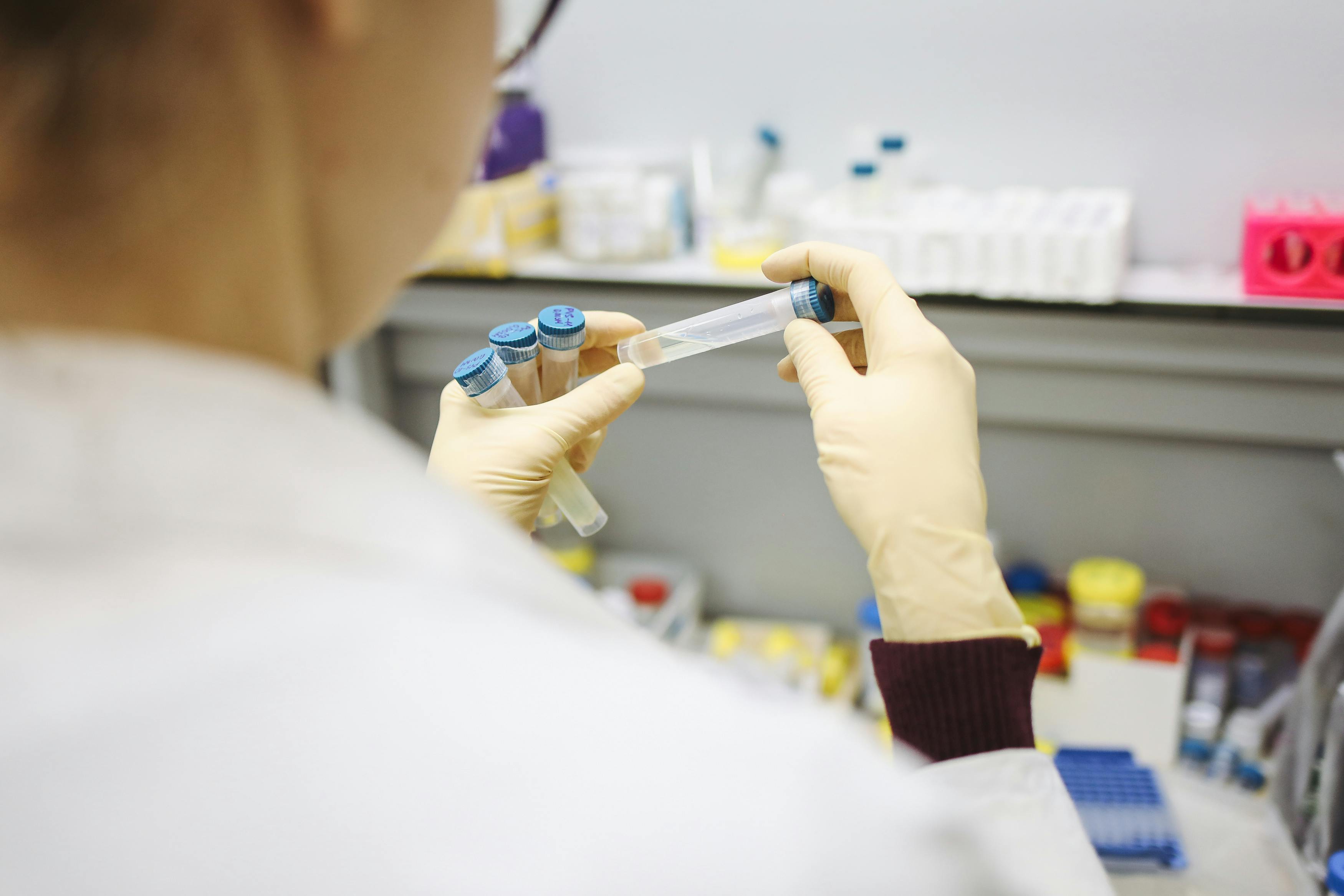Vaccines have saved countless lives, but resistance to them has become a powerful force in recent years. The modern anti-vaccine movement — sometimes called the “anti-vax” movement — has deep roots stretching back decades. Understanding how this movement began is crucial to countering its dangerous effects on public health.

A Long History of Vaccine Skepticism
Skepticism about vaccines dates all the way back to the smallpox vaccine in the 1800s. People feared the technology, doubted its safety, or opposed government requirements. These early anti-vaccine sentiments planted seeds for today’s more organized resistance.
The Autism Controversy
In the late 1990s, a now-debunked study falsely linked the MMR (measles, mumps, rubella) vaccine to autism. Even after the study was retracted, the damage was done. Vaccine rates dropped, and outbreaks of preventable diseases became more common.
The Role of Online Misinformation
The modern anti-vaccine movement has thrived on social media, where rumors spread rapidly. False claims about vaccines reach worried parents, while algorithms amplify emotional content over facts. This online environment has made tackling misinformation much harder.
Beliefs Beyond Science
Resistance to vaccines is not always scientific; it often reflects political or cultural values. Some people see vaccine mandates as government overreach, while others distrust the medical establishment altogether. These attitudes fuel the movement’s staying power.

Rebuilding Trust in Vaccines
Experts say restoring confidence in vaccines requires empathy, education, and honest dialogue. Health professionals need to listen to people’s fears, address their questions, and share accurate, science-backed information to push back against dangerous myths.